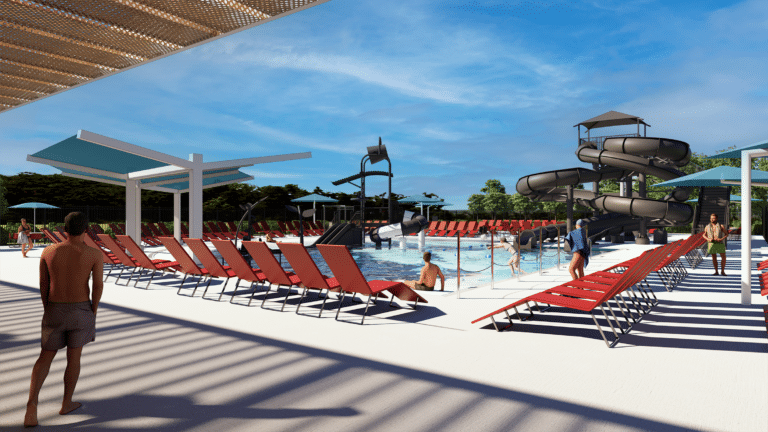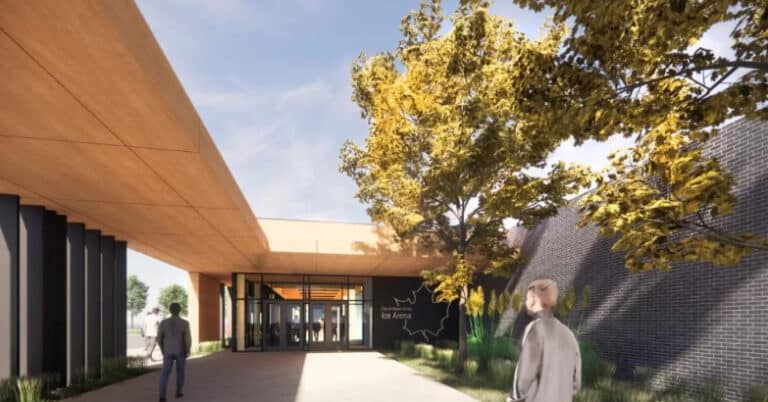More people are putting health and wellness front and center, whether it’s by incorporating more nutritious meals or finding new ways to exercise. As the will to get healthy and stay fit continues to grow, so has the appeal of natatoriums to reap all the benefits—both physical and mental—of working out and relaxing in the water. Read more.





